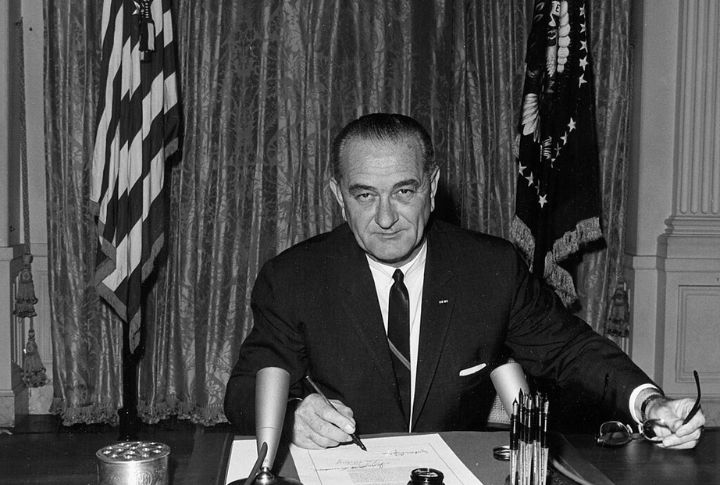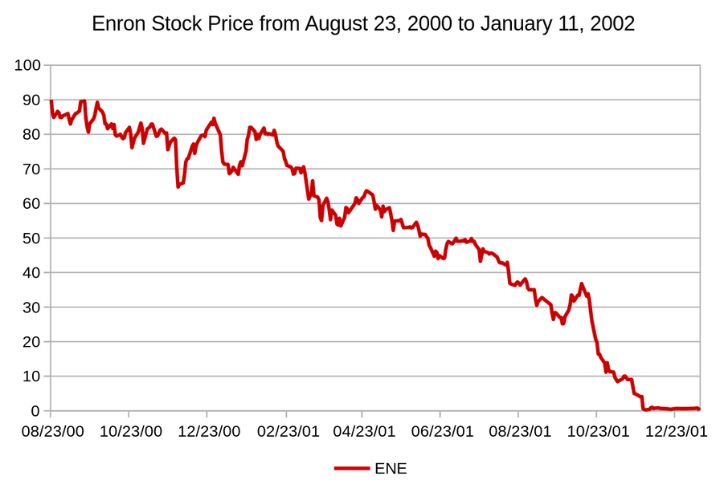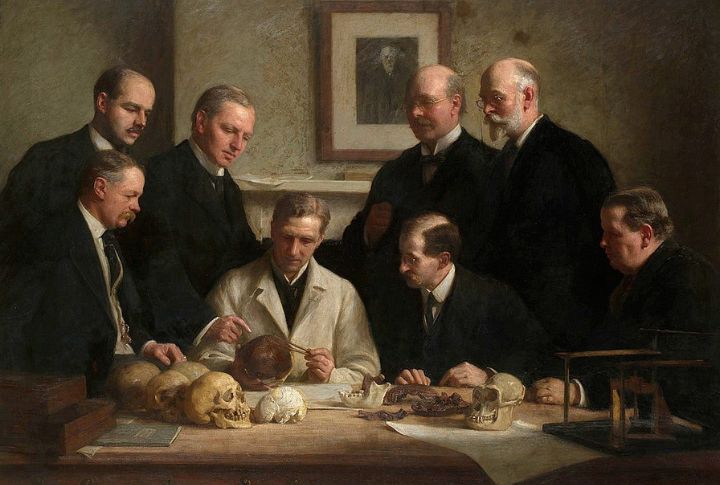
There have been several deceptions throughout history—forged documents, fabricated occurrences, etc—and they have altered the course of events in several ways. Some have caused war, some have manipulated public opinion and fueled widespread prejudices, and others have brought about major political changes. This list shares ten lies and how they affected their environment.
The Donation of Constantine

“Donatio Constantini” was supposedly written by Emperor Constantine the Great in the 4th century, granting the Pope authority over Rome and the western part of the Roman Empire. The Catholic Church used it to justify its political power for centuries. However, in the 15th century, Lorenzo Valla proved the document to be a forgery. His textual analysis revealed anachronisms and language that did not match the purported period.
The Dreyfus Affair

In 1894, Captain Alfred Dreyfus of the French Army was falsely accused and convicted of sharing military secrets with Germany. Charges against him were based on forged documents and deep-rooted anti-Semitism within the French military. Dreyfus was eventually exonerated in 1906, but the incident hindered improved France-Itally relations and kept the Third Republic divided while it lasted.
The Reichstag Fire

An arson attack was carried out on the German Reichstag building on February 27, 1933. The Nazi regime, led by Adolf Hitler, blamed Communists for the arson and used the occurrence to justify the Reichstag Fire Decree, which allowed for the arrest of political opponents and suspended civil liberties, effectively paving the way for the establishment of a totalitarian regime. Later evidence suggested the Nazis themselves may have participated in orchestrating the fire to consolidate power.
Iraq’s Weapons of Mass Destruction (W.M.D.s)

The U.S. government, led by President George W. Bush, and the U.K. government, led by Prime Minister Tony Blair, asserted that Iraqi dictator Saddam Hussein possessed W.M.D.s that posed an imminent threat—this was the reason behind the 2003 invasion of Iraq. These claims were later proven false after extensive searches found no such weapons. The invasion led to prolonged conflict, thousands of deaths, and national instability.
The Gulf of Tonkin Incident

In August 1964, the U.S. government reported that North Vietnamese forces had attacked U.S. Navy ships in the Gulf of Tonkin. This provided justification for the Gulf of Tonkin Resolution that empowered President Lyndon B. Johnson to escalate U.S. military involvement in Vietnam. Further investigation revealed that the second reported attack never occurred, raising questions about the manipulation of information to gain public support for war.
Watergate Scandal

In 1972, operatives connected to President Richard Nixon’s re-election campaign were caught at the Watergate complex breaking into the Democratic National Committee headquarters. Nixon and his administration told lies to cover up their involvement in the break-in. After a series of coverups, the transcripts of some tapes implicated Nixon. This matter resulted in his resignation in 1974, the first and only resignation of a U.S. president, and had a lasting impact on American politics and trust in government.
Roswell U.F.O. Incident

Roswell, New Mexico, was the site of an unidentified flying object crash in 1947. The U.S. military initially stated it was a “flying disc” and quickly corrected the lie—it was a weather balloon instead. Jessie Marcel, a former Air Force officer, later said it was an extraterrestrial object. His speculation caused many theories about U.F.O.s, governments, and aliens. Official explanations in 1994 explained that the debris was part of a secret military project (Project Mogul) intended to detect Soviet nuclear tests, but the theories kept flying.
Enron Scandal

Enron Corporation, an American energy company, used widespread accounting fraud to hide its financial losses and inflate its stock price. The company declared bankruptcy in 2001, and its investors suffered huge losses. The misconduct led to the conviction of several executives, the dissolution of Arthur Andersen, and the enactment of new regulations, such as the Sarbanes-Oxley Act, to improve financial transparency.
Piltdown Man

In 1912, amateur archaeologist Charles Dawson announced the discovery of fossilized remains in Piltdown, England, that could solidify the link between apes and humans. Even though many scientists doubted him, the claim was widely accepted. However, in the 1950s, advanced dating methods revealed that the fossils were a hoax. It was a combination of a medieval human skull, chimpanzee fossil teeth, and an orangutan jaw, artificially aged and doctored to appear ancient.
The Tuskegee Syphilis Experiment

From 1932 to 1972, the U.S. Public Health Service, partnered with the Centers for Disease Control and Prevention, conducted a study on African American men with syphilis in Tuskegee, Alabama, without informing them of their diagnosis or providing proper treatment. They made the men believe they were receiving free healthcare. The study, which saw over 100 men die—28 from syphilis—was exposed and, in 1972, halted. Widespread condemnation followed, and today, studies require informed consent, revealing diagnosis, and accurate test reporting.
